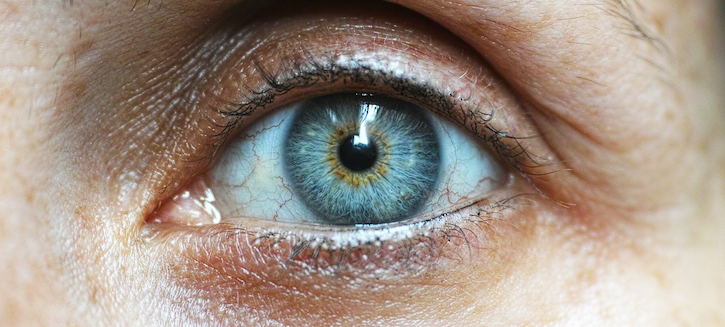The ATA Is Seeking Comments for Ocular Telehealth-Diabetic Retinopathy Guidelines
Ocular telehealth programs could help address the health and financial complications associated with diabetic retinopathy.

The American Telemedicine Association (ATA) is seeking public comment for the third edition of its Ocular Telehealth-Diabetic Retinopathy Practice Guidelines, which reflect new evidence, emerging technologies and the expanded scope of ocular telehealth, according to today's announcement.
“The development and implementation of ocular telehealth programs is needed to address the debilitating and costly complications of diabetic retinopathy, the most common cause of blindness in working-age adults in the U.S. and in many other countries,” said Yao Liu, M.D., chair of the ATA Ocular Telehealth Special Interest Group.
The new edition of the guidelines includes four new clinical appendices that provide an introduction to additional ocular telehealth domains:
- Automated and computer-assisted detection, classification and diagnosis of diabetic retinopathy
- Glaucoma
- Retinopathy of prematurity
- Age-related macular degeneration
The guidelines are based on the knowledge and experience of eye care and telemedicine professionals, ATA special interest workgroups and other stakeholders.
Included in the guidelines are recommendations for designing, implementing and sustaining an ocular telehealth care program. The ATA believes the guidelines could increase access to personalized, quality, efficient and cost-effective remote evaluation, diagnosis and management of diabetic retinopathy.
Three aspects of service delivery are addressed in the guidelines: clinical, technical and administrative.
Clinical Guideline Goals for Implementing Effective Telehealth Programs
- Improve access to diagnosis and evidence-based management of diabetic retinopathy
- Reduce the incidence of vision loss due to diabetic retinopathy
- Decrease the cost of identifying patients with diabetic retinopathy
- Facilitate integration of diabetes eye care with primary and specialty medical care
To sustain these programs, providers need to incorporate ethical statements and policies and legal requirements into their standard operating procedures.
The programs for diabetic retinopathy must also define program goals and performance in relationship to broadly accepted clinical standards.
And licensed ophthalmologists or optometrists with expertise in diabetic retinopathy evaluation and management should be responsible for the program and the oversight of image interpretations. The experts will be responsible for delivering timely recommendations for appropriate care management and providing feedback to the imagers, graders and other program participants.
Technical Guidelines
The ATA guidelines state that telehealth systems must conform to U.S. Food and Drug Administration regulations. The systems must meet national and local statutes, regulations and accepted standards.
Programs should consider interoperability options when selecting equipment and software.
These systems also must have software security protocols to protect patient health information and identification of image data.
Administrative Guidelines
Diabetic retinopathy telehealth programs should use safeguards to mitigate legal and regulatory risks.
Such programs should review applicable standards to ensure conformance. These programs should also obtain professional consultation to ensure compliance to the Health Insurance and Portability Accountability Act.
Policies and operational practices should be established to prevent the violation of anti-kickback laws and the Stark Act, which prohibits physicians from making a referral for designated health services to an entity with which the physician has a financial relationship.
Practitioners should provide patients information about the ocular telehealth program, including:
- Whether the program is novel or experimental
- Differences between care delivered using ocular telehealth and face-to-face examination
- Benefits and risks of using ocular telehealth
- Description of what is to be done at the patient’s site and the remote site
The Need for Ocular Telehealth Guidelines
“The purpose of these ocular telehealth guidelines is to help advance the science and assure uniform quality patient care that is consistent with evidence-based recommendations for diabetic eye care,” said April Maa, M.D., vice chair of the ATA Ocular Telehealth Special Interest Group.
The public comment period will close on July 19.
Get the best insights in digital health directly to your inbox.
Related
5 Ways Telehealth Can Improve Health System Performance
IDx Is Ready for AI to Break Through in 2019
Tech Is Targeting Diabetic Retinopathy. But What Does the Market Look Like?
Healthcare leaders: Prepare for a very different HIPAA security rule | Viewpoint
April 20th 2025The proposed changes to the HIPAA Security Rule are significant. Executives and boards need to prepare as the days of voluntary compliance end and a new era where leaders are held personally accountable emerges.















